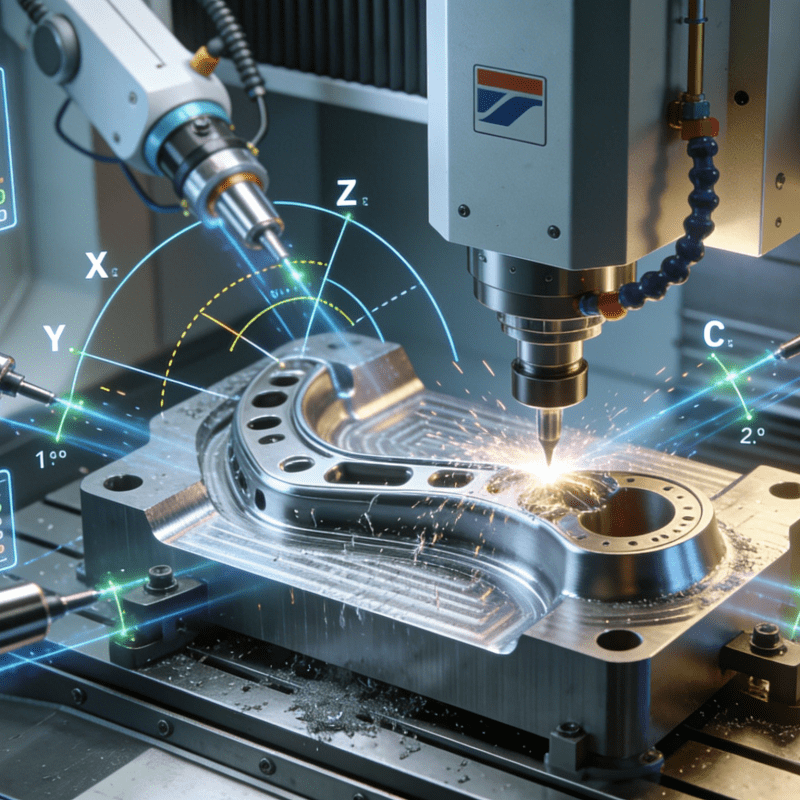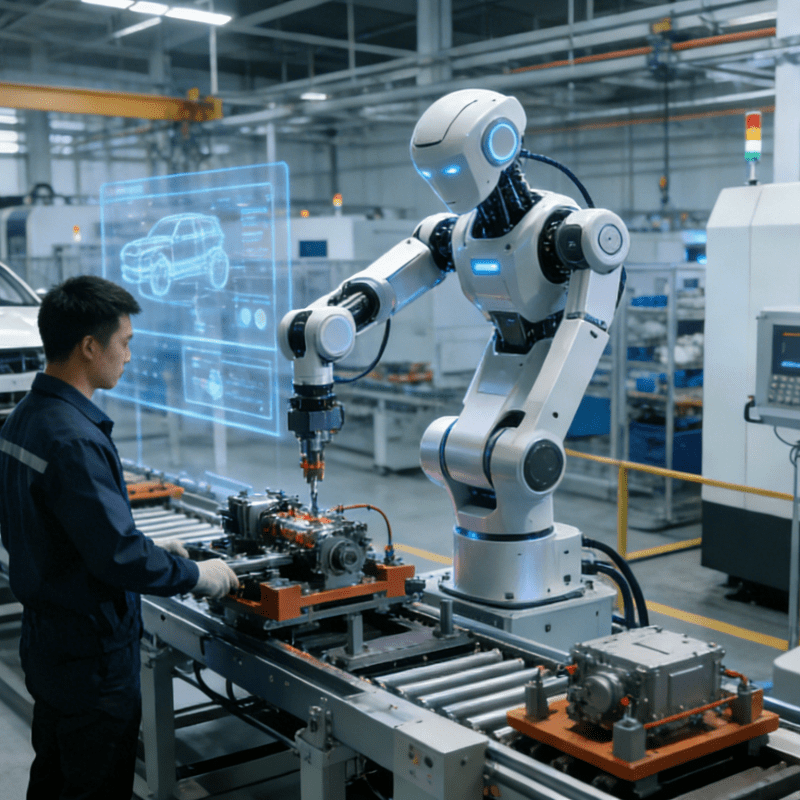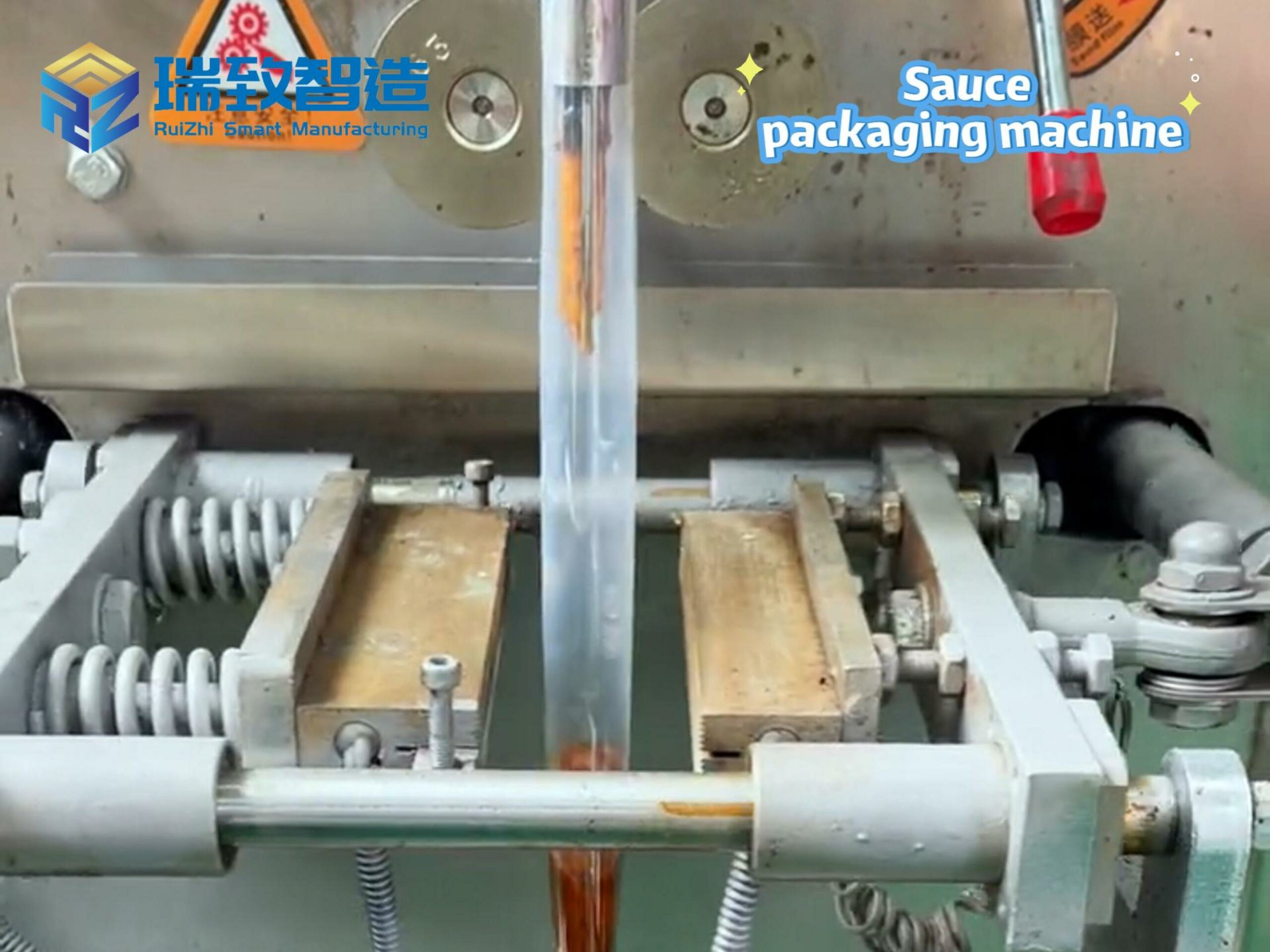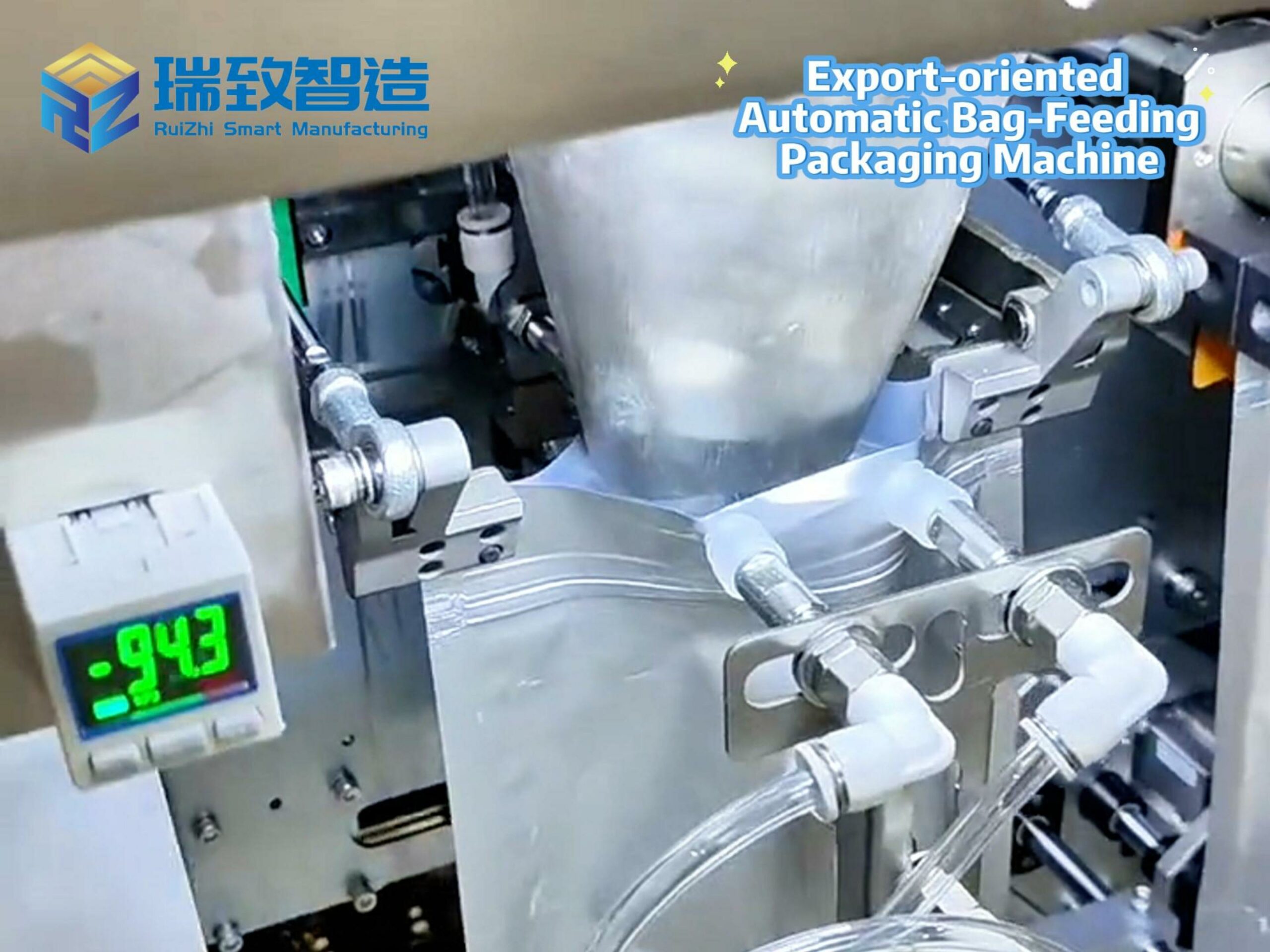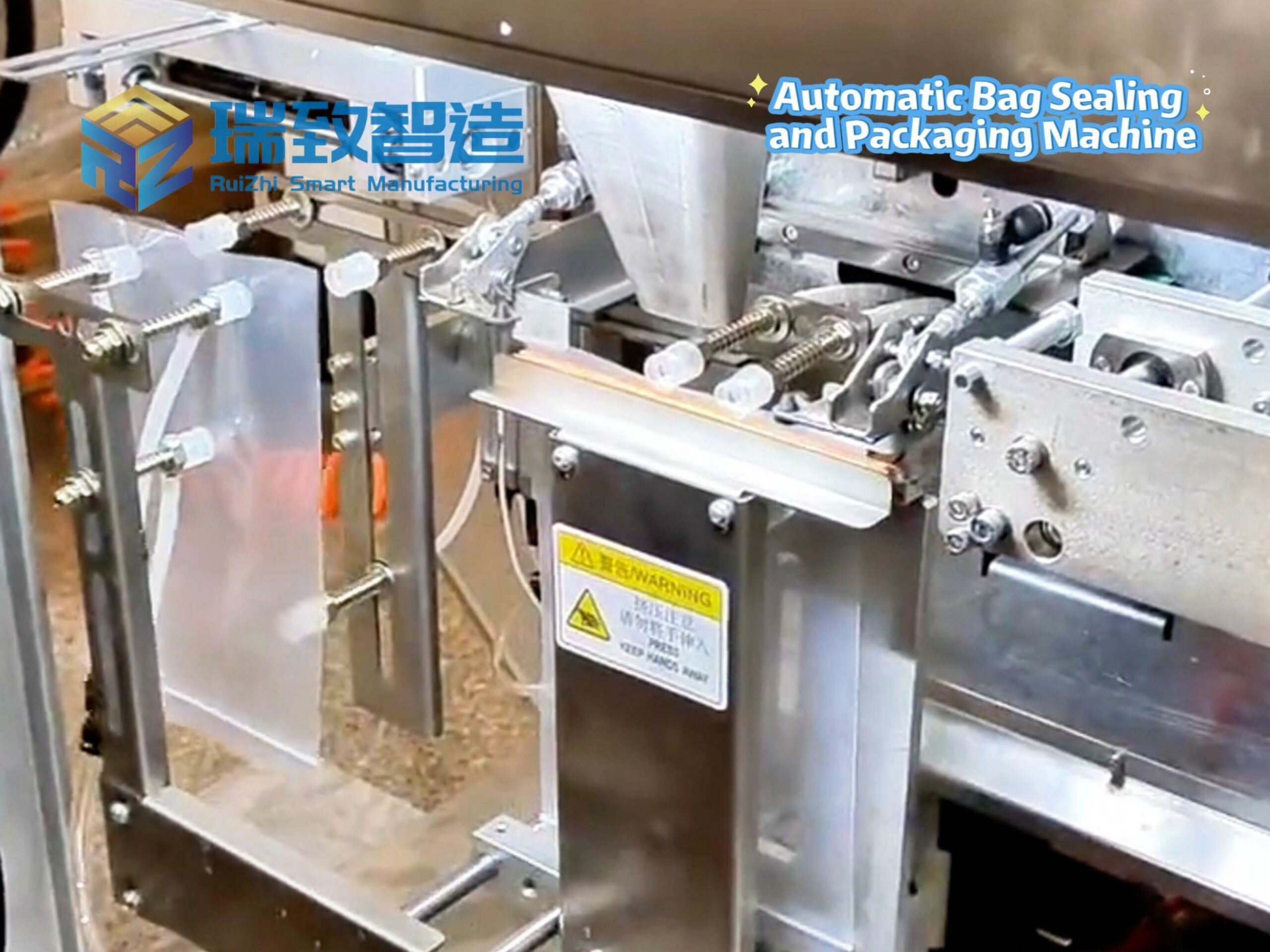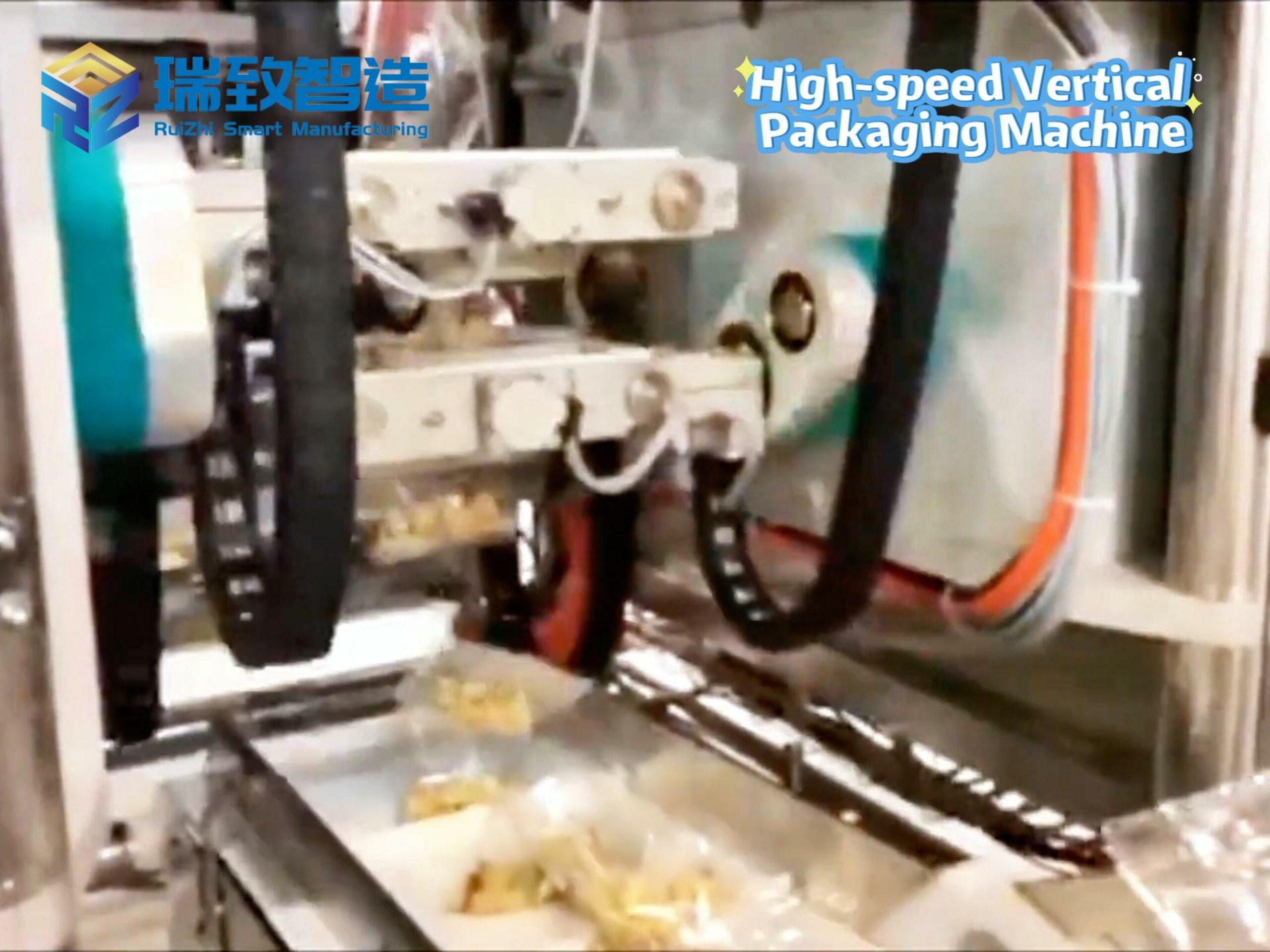
Launch of MaKI: Breaking “Information Silos” in Administrative AI and Meeting EU AI Act Compliance Requirements Two Years in Advance
Against the backdrop of accelerated globalization and standardization of AI governance, how to enhance administrative efficiency while safeguarding public trust has become a core issue in the digital transformation of countries worldwide. In September 2025, Germany’s Federal Ministry of the Interior, in collaboration with various federal ministries, officially launched the Künstliche Intelligenz Marktplatz (MaKI, AI Opportunity Market). Through this platform, a panoramic and transparent display of AI applications across federal administrative departments was realized for the first time. This initiative not only responds to the transparency requirements of the EU’s Artificial Intelligence Act (which takes effect in 2026) but also marks a crucial step for Germany in advancing from technological application to institutional innovation in the digital transformation of public governance.
AI presents significant opportunities for federal administrative departments to optimize processes and improve service quality, with its core centered on “people-oriented” principles—making public services more efficient and better aligned with public needs. Nancy Faeser, Germany’s Federal Minister of the Interior, emphasized: “Advancements in AI are reshaping public administrative models. It holds enormous potential, but also comes with challenges. We are leveraging AI to enhance government effectiveness and provide more convenient services to the public, and the openness and transparency of technology are key to winning trust—that is precisely the original intention behind our launch of the AI Opportunity Market.”
Three Core Functions as the Foundation: Asset Inventory, Cross-Departmental Collaboration, and Data Supervision to Unlock the Reuse Value of Administrative AI
As an infrastructure for federal AI governance, MaKI fulfills three core functions:
Panoramic AI Asset Inventory: Systematically organizing existing and planned AI systems at the federal level for the first time to form a dynamically updated resource map;
Cross-Departmental Collaboration Network: Breaking down barriers between AI application scenarios of various ministries and federal agencies to promote the reuse of mature solutions and sharing of technical experience, significantly reducing costs associated with redundant construction;
Data Visualization Supervision: Real-time display of key data such as AI application coverage and performance indicators through an interactive dashboard, providing accurate references for decision-making.
Currently, the platform has incorporated demonstration projects in multiple fields, including intelligent approval and risk early warning, offering replicable practical models for federal administrative departments. Notably, through a standardized data entry and release mechanism, MaKI has established a transparency database that complies with the requirements of the EU’s Artificial Intelligence Act (Articles 50 and 53), ensuring that public sector AI systems disclose basic information and summaries of training data. This forward-looking arrangement not only mitigates compliance risks but also positions Germany favorably in the European AI governance framework.
Progressive Evolution from Federal to Local Levels: Building a Three-Level AI Collaboration Network and Reshaping the Trust Bond in Public Governance
According to plans, MaKI’s evolution will proceed in phases: Starting from the first quarter of 2025, AI systems of state and local governments will be piloted for integration, gradually forming a three-level AI collaboration network covering the federal, state, and local administrative systems. As the first implemented project of the Artificial Intelligence Advisory Center (BeKI), its operational experience will also provide practical basis for the subsequent formulation of AI ethical norms and technical standards. This “from application to institution” approach embodies the pragmatic style of Germany’s AI governance.
In the long run, MaKI’s significance extends far beyond being a technical platform. It marks a new phase in Germany’s public administrative AI applications—shifting from fragmented exploration to systematic integration: reducing risks of technological application through transparency mechanisms, enhancing innovation efficiency through resource sharing, and achieving governance collaboration through hierarchical expansion. This aligns with the core concept of “people-oriented and responsible innovation” in Germany’s “AI Made in Germany” strategy and provides a replicable model for public sector AI governance in other countries.
With the gradual integration of local governments and iterative upgrades of functions, MaKI is expected to become the “neural hub” of Germany’s administrative digital transformation. It is not only an integrated platform for technical tools but also a trust bond reshaping the relationship between the public and the government. When the operational logic of AI systems becomes understandable and perceptible, and technological innovation consistently centers on public needs, the modernization of public governance will have a solid foundation. In this transformation, Germany is leading the way in promoting technology for good through institutional innovation, writing a new paradigm for public services in the AI era.
Teacher-Student Team Develops Elderly Care Robots, Backed by Tens of Millions in Financing!
Recently, Shanghai Rushen Robot Technology Co., Ltd. (hereinafter referred to as “Rushen Robotics”) announced the completion of a multi-ten-million RMB Angel+ round of financing, exclusively invested by Daotong Investment. The funds raised will be mainly used for core technology iteration, product engineering implementation, the advancement of elderly care scenario pilots, and preliminary market deployment.
Founded in June 2023, Rushen Robotics is an embodied intelligence robot company focusing on smart elderly care scenarios, dedicated to developing intelligent elderly care robots that can truly enter households and accompany the elderly.
Prior to this round of financing, the company had already received support from “familiar names” in the robot investment circle, including InnoAngel Fund, Tsinghua SEM Alumni Seed Fund, Zero2IPO Ventures, Hainan Lingdian Technology, and MiraclePlus.
Behind this
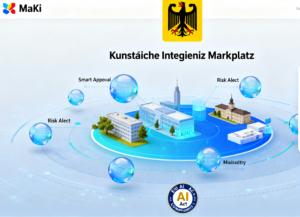
series of capital moves lies the market’s optimism about this emerging enterprise.
Since the 21st century, China’s population aging has continued to deepen. By the end of 2024, the number of people aged 65 and above in China had reached 220.23 million, accounting for 15.6% of the total population, and the dependency ratio of the population aged 65 and above had risen to 22.8%. According to UN projections, by 2032, the number of people aged 65 and above in China will exceed 278 million, accounting for over 20% of the total population, and the gap in care needs brought about by aging is becoming increasingly prominent.
Against this backdrop, the smart health and elderly care industry has become a “key” to addressing the aging dilemma. The state has also frequently introduced policies to support its development. For example, the Measures on Further Promoting the Consumption of Elderly Care Services and Improving the Quality of Life of the Elderly proposes innovating “smart +” elderly care scenarios, encouraging qualified regions to explore the construction of “smart elderly care homes,” and equipping them with intelligent equipment for daily care, rehabilitation nursing, health management, remote support, and activity early warning.
Elderly care robots have thus become one of the most promising application directions. Supported by technologies such as embodied intelligence, they can not only simulate human movements to provide refined care but also deliver personalized services through intelligent interaction, turning “technology-enabled elderly care” from a concept into reality. Whether it is the shortage of care workers caused by aging and declining birth rates or the poor user experience of existing rehabilitation equipment, elderly care robots can offer practical solutions.
Rushen Robotics has built a product matrix centered on four series: “Gewu” (Inquiry into Things), “Zhizhi” (Attainment of Knowledge), “Xiushan” (Cultivation of Self), and “Qijia” (Ordering the Family).
Among them, its core product, the “Qijia Q1” elderly care robot, focuses on “solving real care challenges” and is specifically designed for semi-disabled, disabled, and elderly people living alone. Integrating multiple functions such as daily care, mobility assistance, emotional companionship, and health monitoring, the robot can switch between “operation mode” and “wheelchair mode” with one click, easily completing high-frequency care tasks such as helping the elderly sit up, turn over, hand over water, feed, and carry people for movement—earning it the reputation of an “all-day service robot caregiver.”
To ensure the steady progress of its goal of standardized mass production by 2026, Rushen Robotics has introduced an آلة تجميع الأجزاء سريعة التوصيل الأوتوماتيكية in the product engineering implementation phase. This equipment targets core components of the “Qijia Q1” that require frequent disassembly and debugging, such as robotic arm joints and functional module interfaces, enabling integrated operations including automatic alignment, pressure closed-loop control for pressing, and digital detection of connection reliability. It not only reduces the assembly time of the core module of a single robot from 3.5 hours (traditional manual work) to 50 minutes, significantly improving production efficiency but also controls the interface connection accuracy to ±0.03mm through precision sensing technology, effectively avoiding risks such as loosening and misalignment that may occur in manual assembly—laying a solid production foundation for product consistency and usage safety during mass production.
Currently, the product has completed three rounds of iterations and reached preliminary cooperation intentions with a number of leading domestic elderly care service institutions. It is expected to achieve standardized mass production and actual deployment by 2026, and jointly build a global remote operation service center with its strategic partner MicroPort Medical.
In addition to care scenarios, Rushen Robotics has also laid out solutions for home rehabilitation needs, launching the “Gewu” multi-functional intelligent rehabilitation robot series—the world’s first home-based rehabilitation product covering all joints of the hands, upper limbs, and lower limbs. This series entered mass production in May this year and has not only been deployed domestically but also successfully exported to markets such as North America, Europe, and Southeast Asia. With hundreds of units applied in households and institutions, subsequent orders have maintained a rapid growth trend.
The rapid development of Rushen Robotics is supported by a high-caliber, strong core team.
Shi Yunlei, founder of Rushen Robotics, holds a PhD in Informatics from the University of Hamburg, Germany. He has studied under the German Aerospace Center (DLR) Robotics Institute, Chen Zhaopeng (founder of Agile Robots), and Professor Zhang Jianwei (Foreign Member of the Chinese Academy of Engineering and Member of the German National Academy of Engineering). He also co-founded MicroPort Medical Robotics (a subsidiary of MicroPort Medical) and has 12 years of rich experience spanning the medical device and intelligent robot fields.
Notably, Professor Zhang Jianwei, Shi Yunlei’s mentor, has also joined the team as a co-founder and chief scientist.
Looking at the R&D team, members are graduates of prestigious universities such as Tsinghua University, Tianjin University, the University of Oxford, and the Technical University of Munich, all with practical experience in intelligent robot R&D and implementation—building a solid “technical moat” for the enterprise.
China’s silver economy holds enormous potential. Data shows that the market size reached 8.3 trillion RMB in 2024, is expected to exceed 20 trillion RMB by 2030, and the consumption potential of the elderly population will grow to approximately 106 trillion RMB by 2050, making China the country with the largest silver economy market potential globally. However, this “large and promising” track has already attracted the participation of numerous enterprises such as UBtech, DeepRobotics, Fourier Intelligence, Midea, Haier, Ousheng Electric, and Mindi Technology, leading to increasingly fierce competition.
In the future, with the continuous maturity of core technologies, the improvement of product matrices, and the deepening of market layout, the smart elderly care industry will embrace broader development space, and will undoubtedly be infused with more “robot power.”

